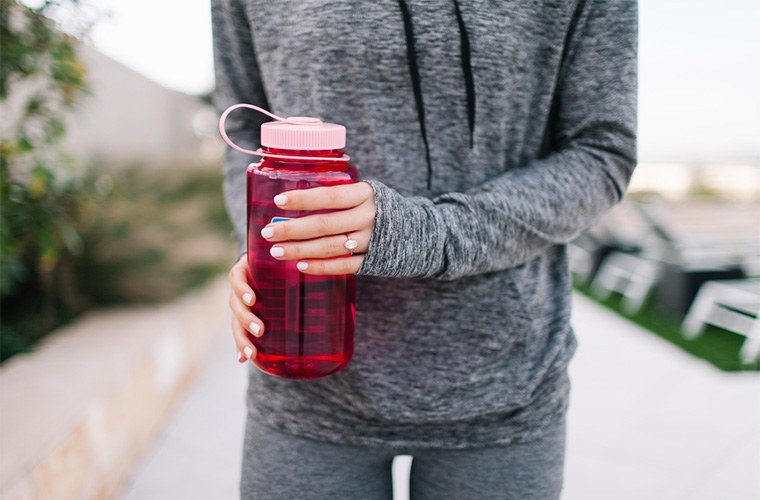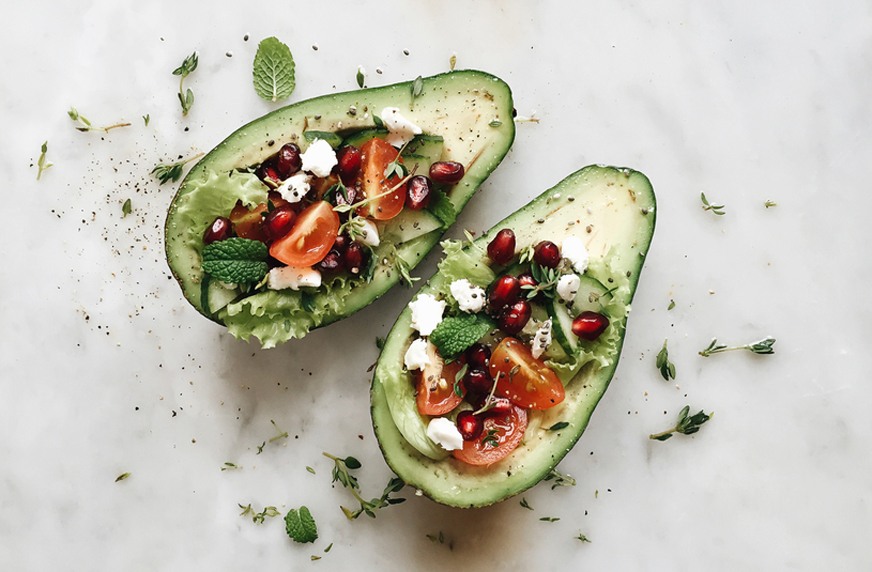Get the Most Out of Your Workout by Avoiding These Common Recovery Mistakes
"From the foods we eat to the amount of rest we get, the decisions we make post-workout all impact the way our body recovers, repairs, and even grows," says Julius Jamison, a top trainer at New York Health and Racquet Club. Which is why it makes sense to avoid these big mistakes below active people (AKA probably you) make all of the time.

You're not drinking water after working out
In general, you should be consuming half your body weight in ounces of water every day—and more if you're sweating excessively, either due to your workout or the weather.
It's essential to drink more water than normal right after exercising in order to re-hydrate says Rebecca Kennedy, a head Peloton instructor. She also recommends reaching for a recovery drink after a particularly sweaty workout. "You're going to need to replenish your glycogen levels and replace electrolytes, both of which assist recovery," she says.
The best way to tell how much water you should be drinking after a workout is to trust your thirst or use a rehydration formula with which you drink 16 ounces of water for every pound you lose during your workout, according to doctors. This means weighing yourself before and after you exercise.

{{post.sponsorText}}
And while upping you H2O intake after a sweat sesh is important, you should also be drinking water while you workout. SoulCycle master trainer Charlee Atkins recommends keeping your water bottle close by during workouts and sipping (not gulping) from it so as to stay hydrated but avoid side cramps or throwing up.

The right foods to eat after exercise aren't part of your refueling strategy
Visualization can play a big part in helping you achieve your fitness goals. But if you're picturing sitting down to a meal full of healthy fats when you finish, you might want to think again.
"Fats slow down the digestive process, so you never want to consume too much after your workout," Jamison explains. "You want to eat 'fast-acting' nutrients that are able to enter the bloodstream and get to the cells quickly." That means refueling quickly, as in 20 to 30 minutes after you work out, with quality protein and carbs to feed your muscles.
Health pros recommend eating between 15 to 25 grams of protein the hour after running, for example. And the more intense the exercise, the more protein you should consume afterward. They also suggest adding complex carbohydrates into the mix because they'll give you a necessary dose of potassium, antioxidants, and fiber—plus, help you replenish your glycogen (AKA fuel from carbs) stores. Salmon, almonds, cashews, pistachios, nut or protein bar, protein shake or smoothie, milk, cottage cheese, Greek yogurt, eggs, fruit, avocado, hemp seeds, spinach, and sweet potatoes are all good options. But it's important to try out different foods and see which ones your body responds to best.

You're not stretching after exercising then sitting all day at work
Sure, sometimes you have to run out to get to that meeting, but after your muscles have been contracting for an hour, getting in a few good stretches for at least 10 seconds at a time is crucial. "Failing to stretch post-workout could cause limitations in your range of motion, which could make you more susceptible to injuries," Jamison says.
Plus, "you definitely want to start moving at some point or your body's going to tighten up," Kennedy adds. Of course, you can't escape your desk job entirely, but she stressed the need for "active recovery" in addition to stretching (especially if you're doing intense workouts like a HIIT bootcamp). That means spending some time at 50 percent of your max heart rate (so medium effort) doing things like dynamic stretching, foam rolling, and functional body-weight and core work.
If you can't do it during the day after a morning workout, dedicate a few minutes in the evening or the following day. "There are all different kinds of benefits—like stimulating blood flow, relieving soreness, reinforcing good posture, and more."
Plan to squeeze in a sweat sesh on your lunch break? More power to you, and thanks to a trend toward shorter, 30-minute class options, you can still have time to cool-down properly before returning to the office. More a night owl when it comes to working out? Try stretching and foam rolling while you watch your favorite TV show.

You're not getting enough sleep after working out
When it comes to what's more important: sleep or exercise—the answer is a healthy lifestyle that balances the two.
The day you PR during your CrossFit WOD is not the day to cheat your body of the rest it needs to repair and recharge. "Our bodies recover and rebuild the most when we're sleeping, so proper rest is key," Jamison says.
Sleep training, setting a digital curfew, and putting your feet up the wall are all ways to get a better night's sleep.
Overall, "what you do after your workout is not going to make or break it, but it will enhance it and make it worth doing," Kennedy says. And isn't that what it's all about?
More smart fitness advice: How to breathe properly during all different workouts and what you really need to know about working out while pregnant.
Originally published October 20, 2016; updated May 18, 2018.

Loading More Posts...